Purring Meeple
gamer level 5
4118 xp
4118 xp
followers
8
8
Use my invite URL to register (this will give me kudos)
https://boardgaming.com/register/?invited_by=purring-meeple
profile badges
...
...
...
...
recent achievements

Rated 25 Games
Rate 25 games you have played.
Rate 25 games you have played.

I Walk the Talk!
Claim that you have played a game today by clicking the "Played Today!" button on a game page 100 times.
Claim that you have played a game today by clicking the "Played Today!" button on a game page 100 times.

Gamer - Level 5
Earn Gamer XP to level up!
Earn Gamer XP to level up!

Advanced Grader
Grade 100 more reviews or tips by clicking "Yes" or "No" in response to the question "Was this helpful?"
Grade 100 more reviews or tips by clicking "Yes" or "No" in response to the question "Was this helpful?"




































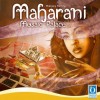







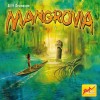
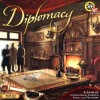


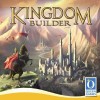
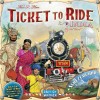


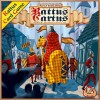


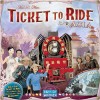
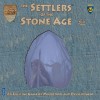


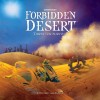


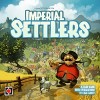










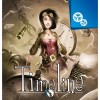



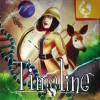
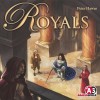
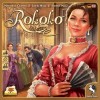



























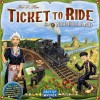




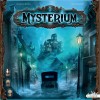
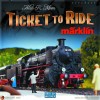





The Castles of Burgundy
In Castles of Burgundy, you and your opponents are 15th century princes from the Burgundy region of the Loire Valley in Central France competing to bring your estates prosperity and prominence through strategic trading and building. Castles of Burgundy is very much a Euro game. While the theme puts the player actions into context, it is not very deep and the game mechanics are not restricted by the theme. Play entails set collection and tile placement and there are numerous ways to earn victory points. Additionally, player interaction is limited as time is spent quietly contemplating and strategizing your route to victory. That being said, Castles of Burgundy is a delightfully addictive game that combines a little chance with a whole lot of strategy.
At first glance, the game looks incredibly complicated to learn with its many pieces and cryptic boards. However, the straight forward mechanics of the game are easy to learn. Castles of Burgundy is played in five phases, each phase consisting of five rounds. Each player has a mat consisting of 37 hexagonal spaces that together represent the estate you are developing. Also included on the player mats are spaces for dice, goods, silverlings (the game’s currency), workers, and six-sided tiles that have not yet been played. Additionally, the mats include a puzzling player aid that at first makes little sense, but after playing the game a couple of times, the meaning becomes clear and the player aid is quite helpful. The central game board has six numbered depots that hold both the six types of terrain hex tiles and the six types of goods that come into play as the game progresses. Why so many sixes? Dice. Each player has two dice that are the same colour as the player scoring pieces.
At the start of each round, players roll their dice and use them to perform two separate actions based on the value of each die. Players are free to choose from four different actions; however, the values on the dice place constraints on how the actions are carried out. For example, if you roll a five on one die you can either gain a tile from depot five on the main board, place a terrain hex on a five space on your player mat, or sell value five goods. Before using a die to take any of these actions, you can use one die to gain two worker tiles. A worker tile allows you to adjust the value of a die up or down by one. Workers are a valuable resource in that they assist you in meeting your strategic goal, and at the end of the game, you gain one victory point for every two workers you have remaining.
There are many different types of hex tiles, (knowledge, ships, mines, animals, castles and buildings) each offering something different that assists you in developing your estate. Keeping track of what each tile means can be rather confusing. For example, there are 26 different knowledge tiles, each with a different effect, and eight types of buildings that all give different bonuses. While the player aid on the mat helps to determine what some hexes do, it is not very detailed and not all inclusive. I found myself constantly flipping through the player manual to find out what the various tiles did. I found a solution to this problem on BoardGameGeek. Stephen Brinich, a BoardGame Geek member created a fantastic two-page cheat sheet that has pictures and descriptions of all the hex tiles. I printed and laminated several copies so that each player has their own quick reference player aid. This definitely simplified play!
I have played this game with two and three players. Both work equally well, it just takes a little longer with three. Castles of Burgundy left me feeling like I had given my brain a really good workout – in a fun and positive way. It definitely requires a sharp mind and plenty of focus! The only criticism I have about this game is the colour scheme. The colours blend together in a way that sometimes makes it difficult to discern what hex tiles are remaining on the main board.
Castles of Burgundy has immense replay value. A game is never the same twice AND it comes with nine different players mats for added variability. There have been a number of small expansions that add hex tiles and different player mats, but they are difficult to find. Overall, this is a fantastic Euro game that should not be missed!